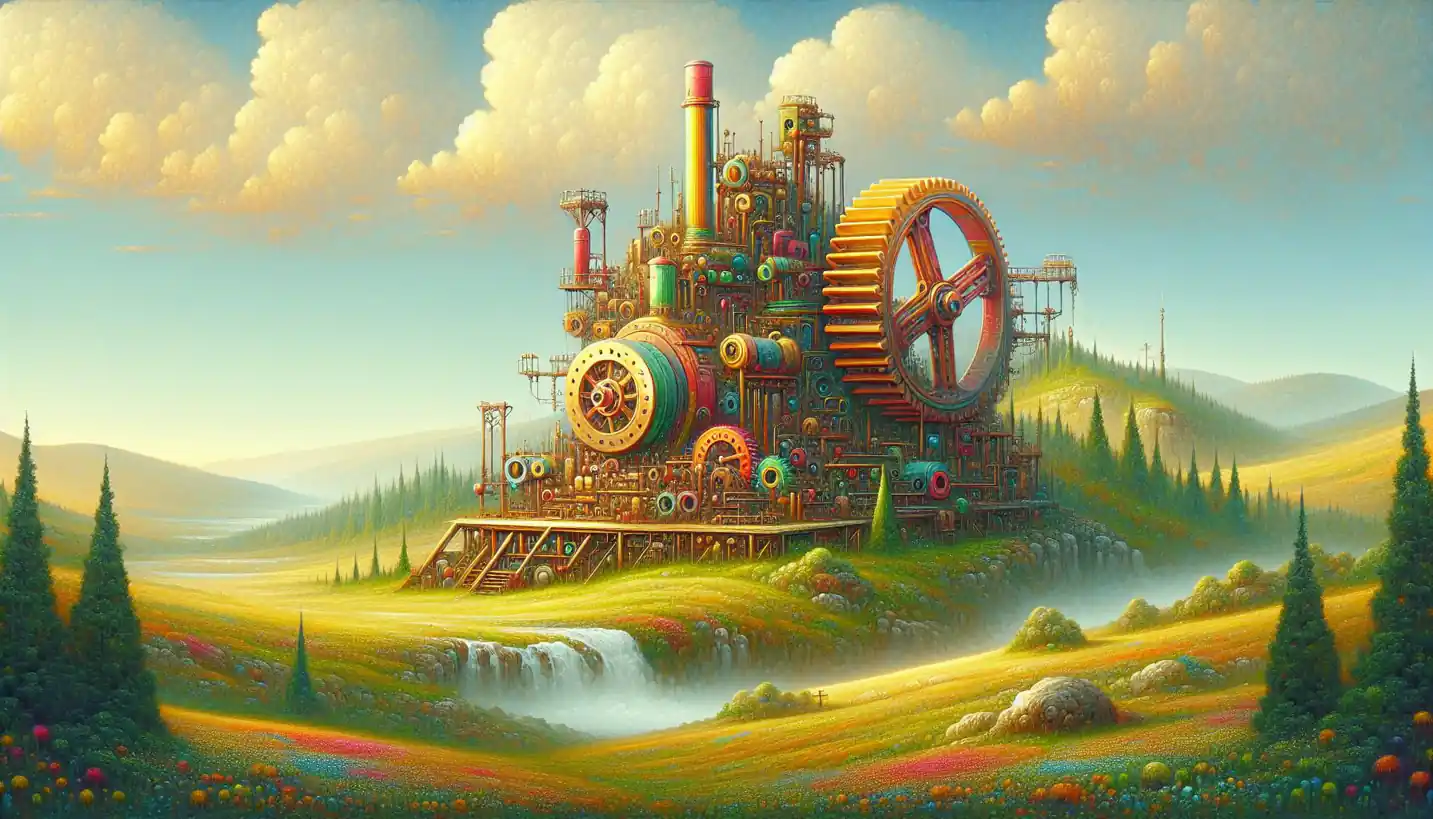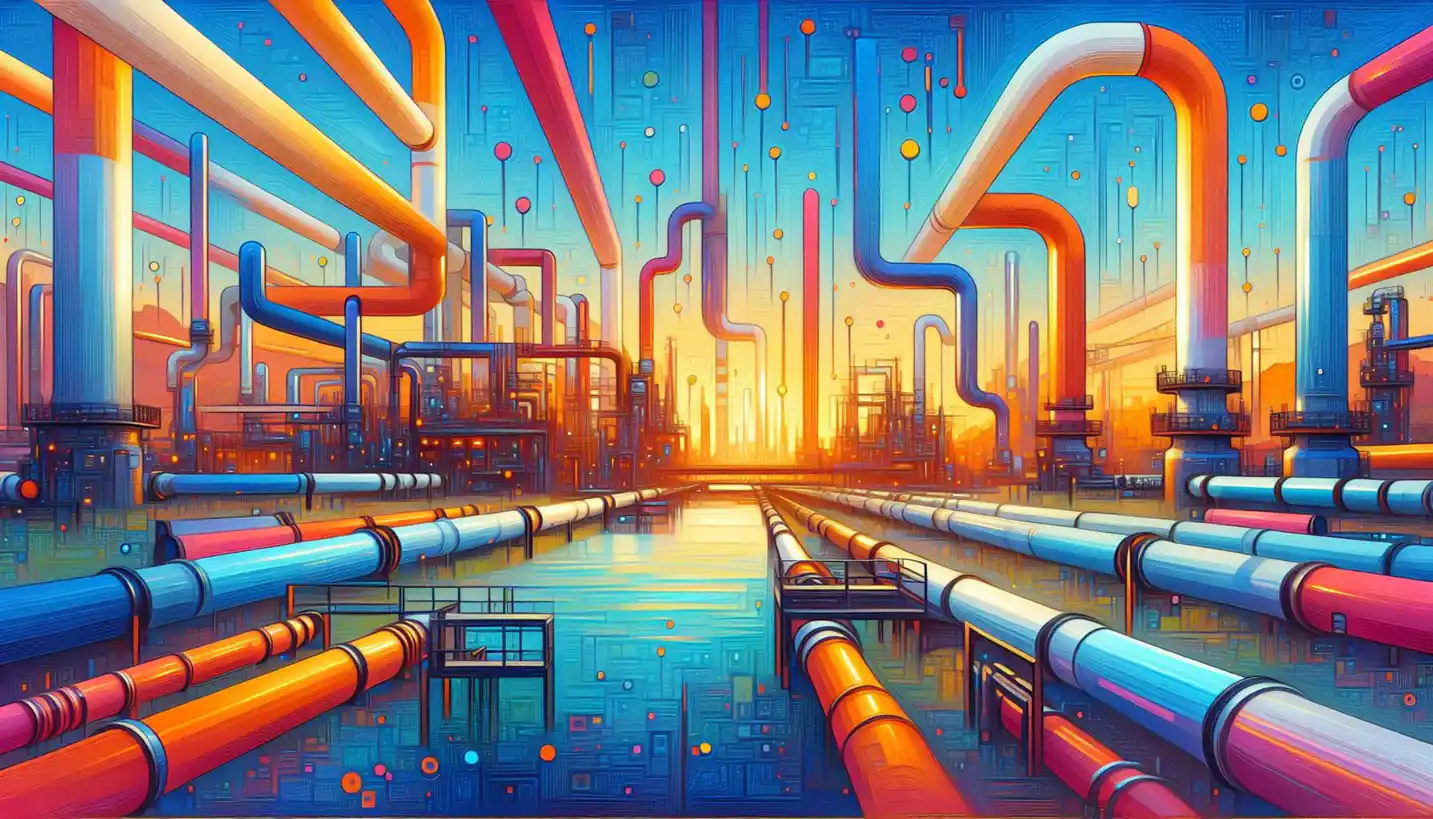· Engineering · 3 min read
Greenhouse Effect: How It Shapes Our Planet's Climate
The greenhouse effect is a crucial driver of our planet's climate. Learn its implications and how environmental engineering seeks to mitigate its impacts.

When we chat about climate change, the greenhouse effect often pops up. Let’s dive into what it is and why it matters to everyone from environmental engineers to school kids.
What’s the Greenhouse Effect Anyway?
Think of Earth as a cozy home wrapped in a big blanket. The atmosphere is this blanket, keeping our planet warm enough for life as we know it. The Sun sends energy our way, and while some of it bounces back into space, a good chunk gets absorbed and re-radiated by gases in the atmosphere. This process is what we call the greenhouse effect.
The Science Behind It
Imagine your car on a sunny day. The sunlight passes through the windows, warming the seats, dashboard, and air inside. It’s much like what happens on Earth. The sunlight that reaches our planet’s surface is absorbed and then released as heat. Certain gases trap some of this heat, much like how your car keeps the heat in. These gases include carbon dioxide, methane, and water vapor. They’re known as greenhouse gases because, well, they help create the greenhouse effect!
Why Is It Important?
Without the greenhouse effect, our world would be a chilly place, mired in ice, making it tough for plants and animals to survive. It helps maintain a climate where life thrives. But here’s the catch—human activity has ramped up the concentration of these gases, leading to more heat being trapped. This is what contributes to global warming.
Everyday Examples and Impact
Consider a quaint garden greenhouse. It captures heat and keeps plants warm, even on cold days. This is similar to how Earth’s greenhouse effect works. But what if the gardener starts turning up the heater too much inside? The plants might overheat, which is similar to what’s happening to our planet.
The Role of Environmental Engineers
Environmental engineers are like detectives and problem-solvers rolled into one. They’re on a mission to find innovative solutions to reduce greenhouse gas emissions. They design cleaner technologies, such as renewable energy systems, and improve waste management to curb methane production.
Real-World Applications
For instance, engineers are developing carbon capture and storage techniques. This means they’re finding ways to trap carbon emissions from industrial activities and store them underground instead of letting them escape into the air.
What Can We All Do?
Anyone can play a part in tackling this issue. Simple actions like planting trees, reducing energy use, and supporting renewable energy sources make a difference.
Sparking Curiosity and Future Directions
What if we could mimic nature to solve these challenges? Researchers are exploring how to utilize the seas and forests’ natural ability to absorb carbon dioxide more effectively. Could understanding the deep ocean’s role in carbon storage unlock new methods for carbon sequestration?
The Bigger Picture
Understanding the greenhouse effect isn’t just about science; it’s about the future of our planet. As we search for ways to balance our world’s natural systems, engineers, researchers, and everyday people alike must work together to ensure a sustainable planet.
When you next hear about the greenhouse effect, you’ll know it’s more than just a buzzword. It’s a vital part of our planet’s life-support system. Let’s treat it with the respect and care it deserves. So, the next time you feel the warmth of the sun, remember the delicate dance of gases above that makes life on Earth possible.



